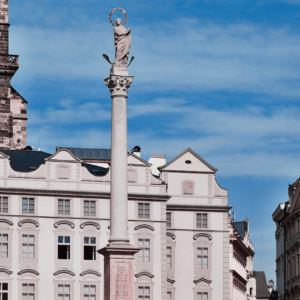The Pyramid in Tirana
Albania
By Contested Histories Initiative •
Constructed in 1988, during Albania’s communist regime (1946-1991), the Qendra Ndërkombëtare e Kulturës “Pjetër Arbnori” (International Cultural Centre “Pjetër Arbnori”), best known as the “Pyramid of Tirana” used to commemorate Albania’s communist dictator Enver Hoxha. To many, it symbolises a dark period of Albania’s history, characterised by political oppression. Following the fall of Communism in 1991, the building has served a number of different functions and became associated with numerous political leaders. In 2011, the government’s attempts at replacing the Pyramid were reversed, following public protests. In 2018, plans to renovate it were proposed, and met with resistance. There is a lack of consensus about what the pyramid represents and its ambiguous historical, cultural, political, and architectural value. Renovations of the Pyramid began in February 2021 and were finalised in September 2023. Questions remain about the transparency of the decision and the unresolved disputes over the meaning of the Pyramid.



